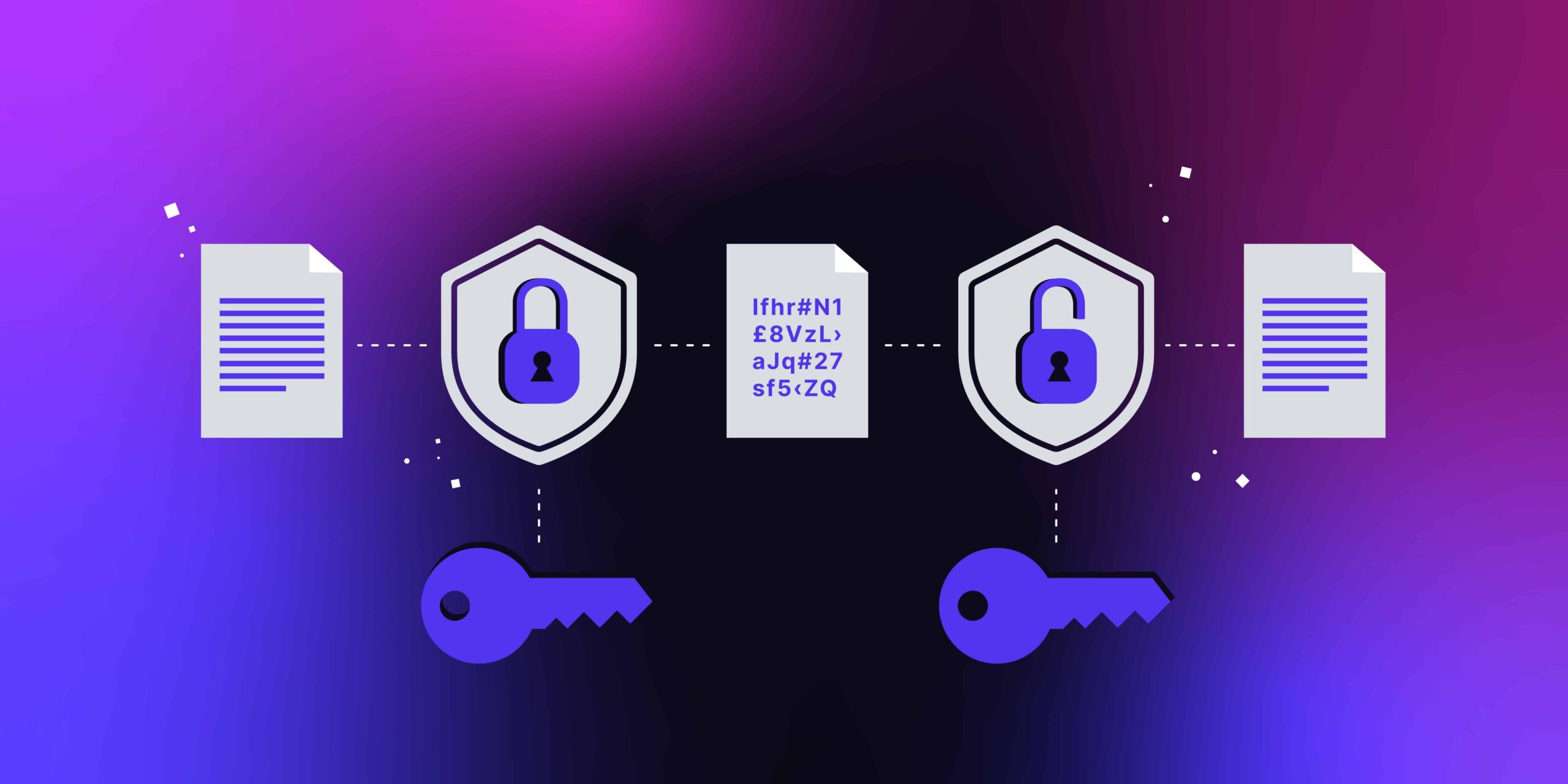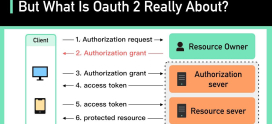
The Role of Encryption in Protecting Server Data at Rest
Imagine you’ve just created a recipe book filled with your favorite family recipes. You carefully type everything up, save it on your computer, and then… you get a sinking feeling. What if someone hacks your computer? What if all those cherished recipes—even photos from family gatherings—fall into the wrong hands? Sound familiar? You’re not alone. Many of us feel jittery about the security of our digital information, especially data stored on servers. In a world where we rely heavily on technology, concerns about data privacy are entirely justified. But don’t worry; there’s a robust solution that can help protect your valuable information: encryption.
Like a sturdy lock on your doors, encryption serves as a barrier safeguarding your digital assets. It locks your data away, ensuring only authorized individuals can access it. In this article, we’ll dive deep into the role of encryption in protecting server data at rest, addressing any burning questions you might have along the way. So, let’s explore this essential aspect of data security together, because your peace of mind matters.
What is Data at Rest?
To understand encryption, we first need to grasp what we mean by data at rest. In simple terms, it refers to inactive data stored physically in any digital form. This includes files on your computer’s hard drive, databases on a server, and even cloud storage. Think about it: each photo, document, or video you save is sitting somewhere, waiting for you to access it. But here’s the kicker—it’s vulnerable when it just sits there. Hackers and malicious actors are always lurking, waiting for an opportunity to steal or misuse your data.
The Necessity of Encryption
So why is encryption essential for protecting data at rest? Well, consider a treasure chest locked tight versus a pile of jewels exposed on a table. Which one is safer? Obviously, the locked chest! Encryption acts as that crucial lock, converting your readable data into a secure format that is virtually indecipherable without a key. This means even if a hacker were to gain access to your data, it would be as illegible as a foreign language to them.
How Encryption Works
Encryption uses algorithms to scramble information into unreadable code. Let’s break this down: when you encrypt a file, the encryption software employs a mathematical formula (the algorithm) to convert your data into a secure format. This process is reversible, meaning authorized users with the correct key can easily decode (.decrypt) the information back into its original state.
Types of Encryption
When it comes to protecting data at rest, there are a couple of key types of encryption to be aware of:
- Symmetric Encryption: This method uses the same key for both encrypting and decrypting data. It’s fast and effective for encrypting large amounts of data.
- Asymmetric Encryption: Utilizing a pair of keys (a public key for encryption and a private key for decryption), this method is typically slower but offers enhanced security.
Benefits of Encryption for Server Data
The advantages of using encryption are numerous and impactful:
- Enhanced Security: Data is safeguarded against unauthorized access, so even if attackers break in, they won’t get anything useful.
- Compliance with Regulations: Many industries have strict regulations that require encryption for protecting sensitive information, helping businesses stay compliant.
- Customer Trust: When customers know their data is secure, they are more likely to engage with your services.
- Data Integrity: Encryption helps detect any alterations to data, ensuring it remains intact and uncorrupted.
Implementing Encryption on Your Server
Now that we understand why encryption is crucial, how do we implement it effectively? Here’s a practical guide:
- Identify Sensitive Data: What requires protection? Recognizing valuable information is the first step.
- Select an Encryption Method: Choose between symmetric and asymmetric encryption based on your needs and system capabilities.
- Use Trusted Tools: Invest in reliable encryption software or services that offer the robust protection you require.
- Establish Key Management: Administer and protect your encryption keys diligently. Treat them like the keys to your home—never lose them!
- Regularly Update Security Measures: Stay informed about the latest security threats and enhance your encryption strategy accordingly.
Challenges of Encryption
While encryption offers significant benefits, it’s not without challenges. Many users find encryption to be confusing or burdensome. It involves a level of commitment, understanding, and occasionally, complexity. Additionally:
- Performance Impact: Encryption can slow down server performance, especially if an inefficient method is used.
- Human Error: Mismanagement of encryption keys could lead to the permanent loss of access to data.
- Cost: Good encryption services might come with a hefty price tag—something especially concerning for small businesses.
Case Study: DarazHost’s Approach to Encryption
Let’s take a look into how a reputable service like DarazHost enhances data security through encryption. DarazHost focuses on robust encryption protocols that secure data at rest effectively. They offer a blend of symmetric and asymmetric encryption methods tailored for varying business needs. All sensitive customer information, payment details, and server data are encrypted, ensuring peace of mind for their user base. Furthermore, their seamless integration of encryption with user-friendly software encourages businesses to adopt these critical security measures without hassle.
Conclusion: Making Encryption Your Digital Shield
Encryption is no longer just a technical term flavored with complexity; it is a vital tool that embodies the peace of mind we crave in today’s cyber landscape. By protecting data at rest, encryption serves as a digital shield, safeguarding your information from prying eyes. As you gather your digital treasures—be it personal photos, vital documents, or critical business data—remember that an investment in encryption is an investment in safety. So are you ready to fortify your digital presence with encryption? Let the journey toward a more secure digital world begin!
FAQs
What is the difference between data at rest and data in transit?
Data at rest refers to inactive data stored physically, while data in transit is actively being transferred between locations. Both types need protection, but encryption methods may differ.
Can encryption make my data completely secure?
While encryption significantly enhances security, no system is entirely foolproof. It’s essential to stay updated and adopt a multi-layered security approach.
How can I ensure my encryption keys are safe?
Use password managers, limit access to keys, and store them in secure locations. Proper key management is crucial for maintaining data security.
What happens if I lose my encryption key?
Losing your encryption key may result in permanent data loss unless you have a backup system in place. It’s essential to keep keys secure yet accessible.
Are there free encryption tools available?
Yes, there are several free encryption tools available, but ensure they are from reputable sources to avoid compromising security.
How often should I review my encryption practices?
Regular reviews, at least annually or after significant updates in technology, ensure that your encryption practices remain effective and up-to-date.
What industries rely heavily on encryption?
Industries such as finance, healthcare, and e-commerce are particularly reliant on encryption to protect sensitive data and maintain compliance with regulations.









